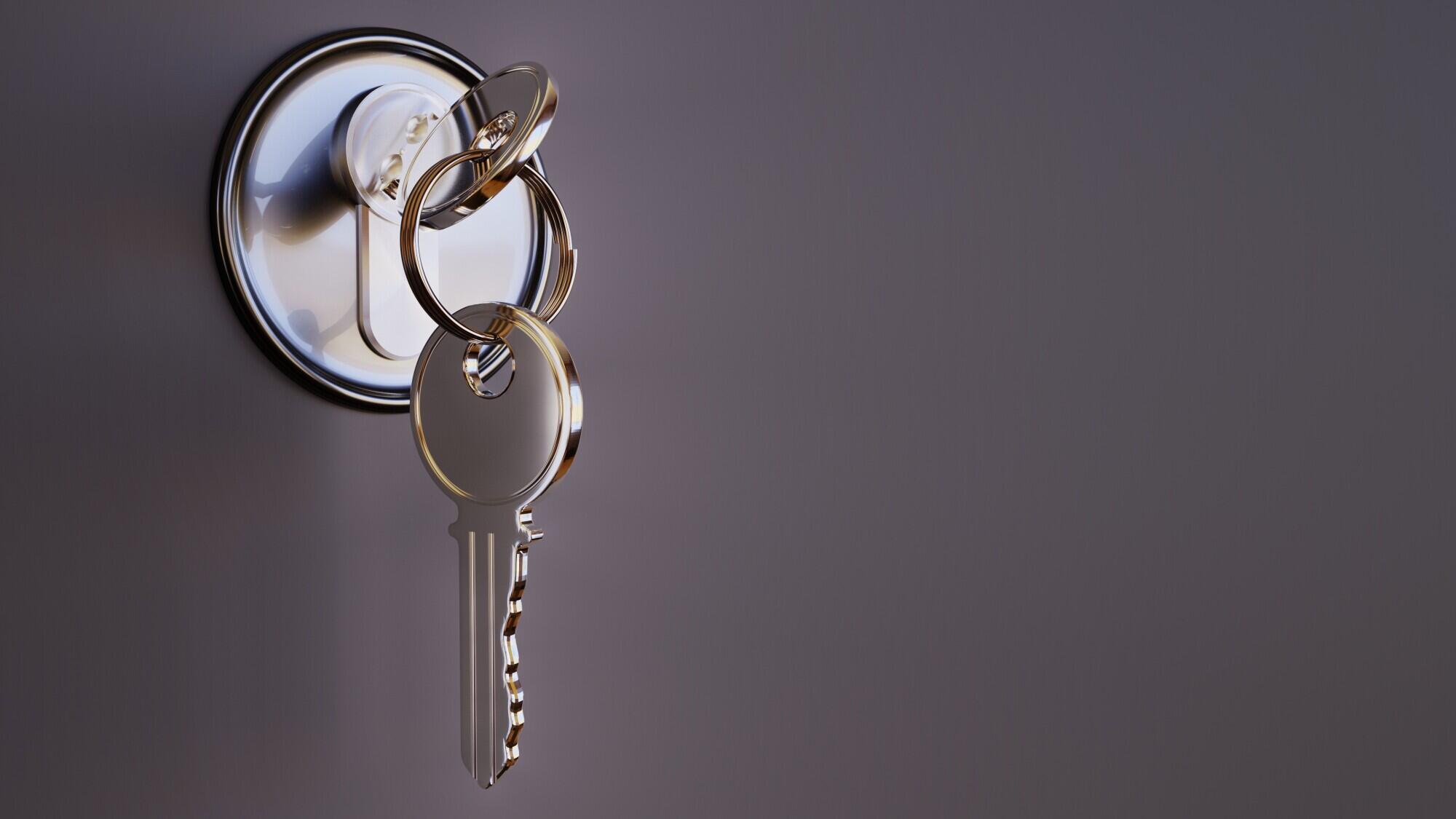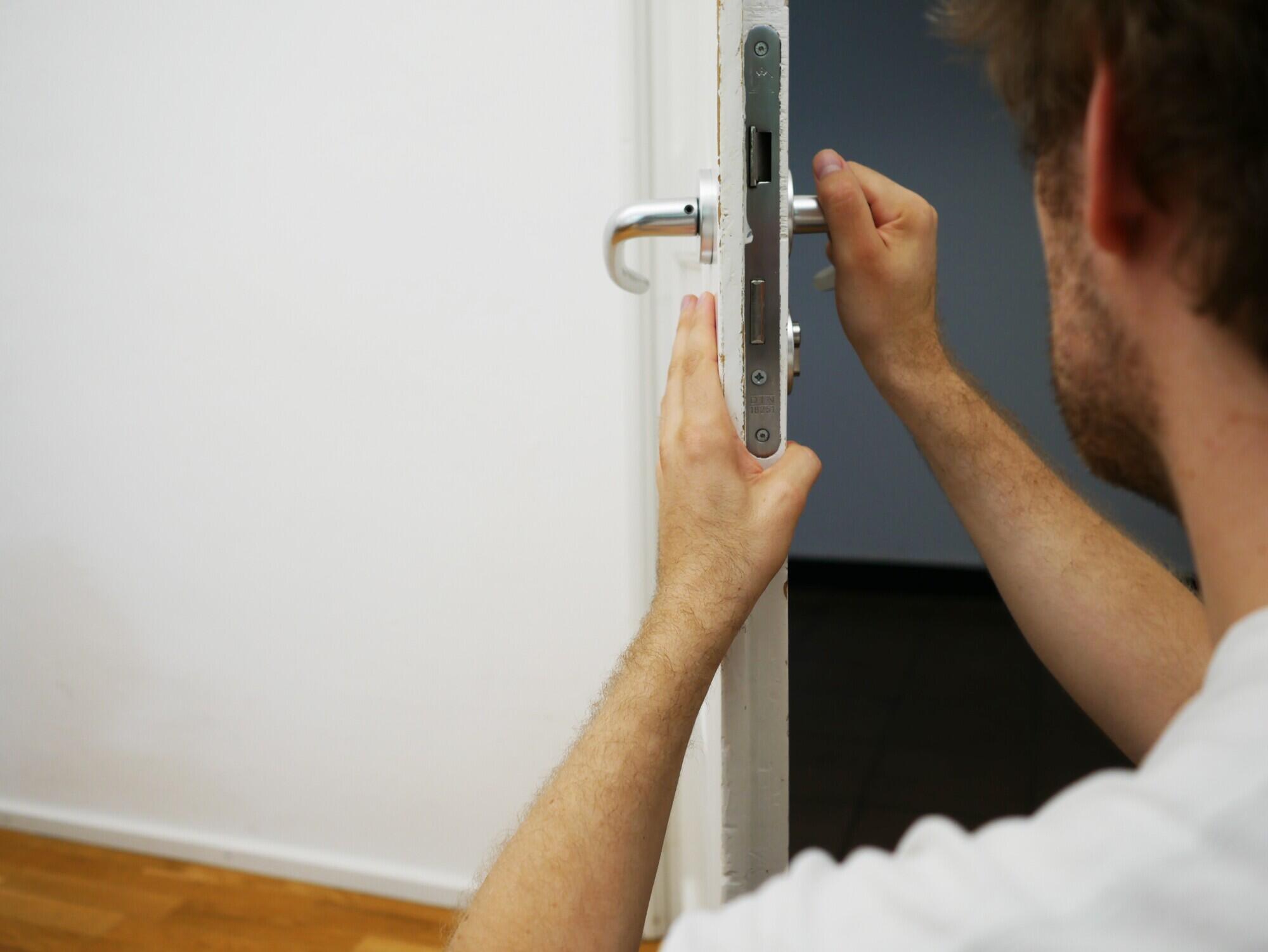Traditional locks and keys have been the standard for decades—but in today’s world of convenience, security, and smart technology, more homeowners and business owners are turning to keyless entry systems. From simple keypad locks to high-tech smart locks with remote access, electronic systems offer a range of features that can make managing access easier and safer. But are they the right choice for your space? In this article, we’ll explore how keyless entry systems work, their benefits, and what to consider before making the switch.
What Is a Keyless Entry System?
A keyless entry system allows you to unlock doors without using a traditional key. These systems can take different forms—some use keypads and PIN codes, while others use fobs, cards, fingerprint readers, or smartphone apps. Many electronic locks also allow for remote access, activity tracking, and integration with alarm systems or smart home platforms.
The goal is to give you secure and convenient access without needing to carry or manage physical keys. These systems are especially popular for families, rental property owners, offices, and businesses with multiple users or changing access needs.
Common Types of Electronic Locks
There are several types of keyless entry systems available, each with different levels of technology and security features. Here are the most common:
Keypad Locks:
These use a numeric keypad where users enter a PIN code to unlock the door. You can typically program multiple user codes and change them as needed.
Smart Locks:
Smart locks connect to Wi-Fi or Bluetooth and allow control via smartphone apps. You can lock and unlock doors remotely, set up temporary access for guests, and monitor usage.
Key Fob or Card Systems:
Popular in commercial settings, these use electronic fobs or keycards to grant access. They’re often seen in offices, apartment buildings, and secured facilities.
Biometric Locks:
These advanced systems use fingerprint or facial recognition to unlock doors. While less common for homes, they’re sometimes used in high-security commercial environments.
Benefits of Keyless Entry for Homes
Electronic locks offer several key benefits for homeowners looking to improve both convenience and security:
No More Lost Keys:
One of the biggest advantages of a keyless entry system is eliminating the need to carry keys. You’ll never be locked out because you forgot or misplaced your key—just enter your code or tap your phone.
Easier Access for Family and Guests:
You can assign different PIN codes to family members, house sitters, or guests, and remove them anytime. This is especially helpful for vacation rentals, babysitters, or deliveries.
Improved Security:
Many keypad and smart locks have auto-lock features, tamper alerts, and audit trails to let you know who entered and when. You can also set locks to engage after a certain amount of time for extra peace of mind.
Integration with Smart Homes:
Smart locks can sync with your home automation system, letting you lock or unlock doors remotely, get notifications, or even integrate with lighting and alarm systems for a seamless security setup.
Benefits of Keyless Entry for Businesses
For businesses, keyless entry systems offer convenience, flexibility, and better control over access:
Manage Employee Access Easily:
Instead of collecting and handing out keys, you can assign access codes or fobs to staff members. When someone leaves the company, you simply remove their code—no need to rekey locks.
Track Entry Times:
Smart and electronic systems often log entry times and user activity, which helps with security audits and employee management.
Control Multiple Doors from One System:
In larger offices or commercial buildings, you can manage multiple entry points through one centralized access control platform.
Customizable Security Levels:
You can set different permissions for different users—for example, limiting access to certain rooms or times of day, which is especially useful in medical offices, warehouses, or retail environments.
Things to Consider Before Switching
While electronic locks are incredibly convenient, they aren’t perfect for every situation. Here are a few things to consider before making the switch:
Power Source:
Most keyless entry systems are battery powered. You’ll need to check and replace batteries periodically. Many models have low-battery alerts, and some have backup keyholes just in case.
Connectivity Requirements:
Smart locks that rely on Wi-Fi or Bluetooth may need strong network connections to function properly. In areas with poor signal strength, traditional options might be more reliable.
Installation Costs:
While basic keypad locks are relatively affordable, more advanced smart locks and access systems can be more expensive to purchase and install. However, many homeowners and business owners see this as a worthwhile investment for the added security and convenience.
Weather Resistance:
For exterior doors, especially in climates with extreme weather, make sure your chosen lock is weatherproof and rated for outdoor use.
Compatibility with Doors:
Not every electronic lock fits every door. Some locks require deadbolts, others work only on certain door thicknesses. A professional locksmith can ensure compatibility and install it properly.
Should You Replace All Your Locks?
If you’re switching to a keyless system, you don’t necessarily need to upgrade every lock in the house or building. Many homeowners and business owners choose to install a smart lock on the main entry point and keep traditional locks on secondary doors. This gives you the benefits of keyless entry where you use it most, while keeping costs manageable.
For businesses with multiple entry points, a locksmith can help you plan a phased upgrade or integrate smart locks with your existing security systems.
When Keyless Entry Isn’t the Right Fit
While convenient, electronic locks may not be right for everyone. If you prefer simplicity, have limited Wi-Fi access, or are managing a property with a tight budget, a high-quality mechanical lock may still be your best bet. Fortunately, locksmiths can help you improve security with traditional locks as well—such as by installing high-security deadbolts, rekeying for better access control, or adding reinforcement hardware.
If you’re unsure, start by upgrading just one lock and see how it fits your routine. You may find that a keyless system is the upgrade you didn’t know you needed.
Final Thoughts
Keyless entry systems offer a modern solution for homeowners and business owners who want greater control, convenience, and security. Whether you’re managing a busy family schedule or securing an office with multiple employees, electronic locks make it easier to control access and reduce the hassles of managing keys.
At M&H Locksmith, we help you find the right solution for your needs—whether that’s a simple keypad lock, a fully integrated smart system, or traditional hardware with added security. If you’re curious about switching to keyless entry, give us a call or text—we’d be happy to walk you through your options and help you decide what works best for your home or business.




